Hands-on with Panasonic’s new Lumix S 70-300mm f/4.5-5.6 Macro full-frame telephoto lens (Gallery)
posted Wednesday, February 17, 2021 at 9:00 PM EST
Click here to browse our Panasonic S 70-300mm F4.5-5.6 MACRO Gallery
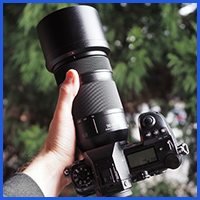
Panasonic has added another handy new lens to its growing full-frame L-mount lens arsenal with the debut of a compact, weather-sealed Lumix S 70-300mm F4.5-5.6 MACRO O.I.S. telephoto zoom. Designed for professionals and enthusiasts alike, this new full-frame Lumix S 70-300mm lens is currently Panasonic's longest-zooming lens and addresses a notable missing spot for Panasonic S-series photographers looking for a longer lens for sports, nature and wildlife subjects. (That said, for those wanting a bit more reach, Sigma does offer their Sigma 100-400mm f/5-6.3 DG DN OS Contemporary in L-mount.) Plus, with some macro shooting capabilities, the 70-300mm lens is more capable for close-up shooting than Panasonic's two S-series 70-200mm full-frame lenses.
We were given an early look at the new Panasonic Lumix S 70-300mm F4.5-5.6 MACRO O.I.S. telephoto zoom, and so in addition to our standard breakdown of the lens's specifications and features, I've also included some handling and usability notes as well as a sampling of real-world gallery images. (Note: the firmware on the lens is listed as v0.22 and is not final-production firmware. However, we've confirmed with Panasonic that the lens is fully shootable, and we're able to share full-res images.)
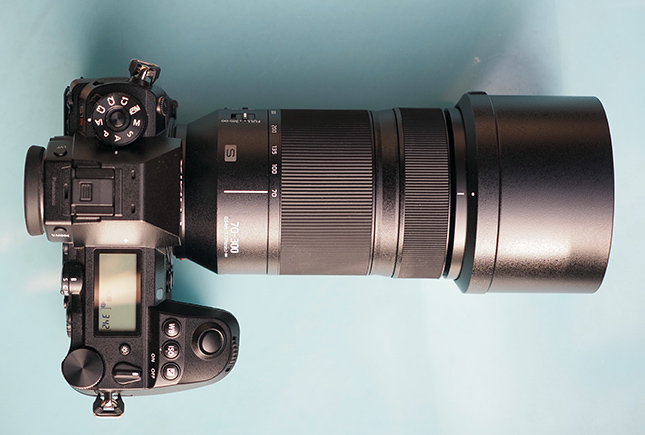
Lumix S 70-300mm F4.5-5.6 Key Features & Specs
- 70-300mm Full-frame L-mount Telephoto Zoom
- F/4.5-5.6 variable aperture design (f/22 minimum aperture)
- 17 lens elements in 11 groups, including 1 UED lens, two ED lenses and 1 UHR lens
- 0.5x maximum magnification at 300mm
- 0.54cm close-focusing @ 70mm; 0.74mm @ 300mm
- 11-bladed circular aperture
- Dust and moisture-resistant; Freeze-proof down to 14-deg F (-10 C)
- 790g (1.75lb)
- $USD 1249.99 MSRP
Design & Usability
While the new Lumix 70-300mm is part of Panasonic's standard "S Series" line as opposed to the higher-end "S PRO" line, this new telephoto zoom, nonetheless, feels rugged and very well built, regardless of its "classification." The Lumix S 70-300mm, at least from a handling and visual standpoint, appears constructed entirely from heavy-duty and sturdy polycarbonate-style plastic, with a metal lens mount. Despite this, the lens feels very solid in the hand, and the telescoping barrel is smooth and precise without any wiggle or play between the two primary lens barrel components.
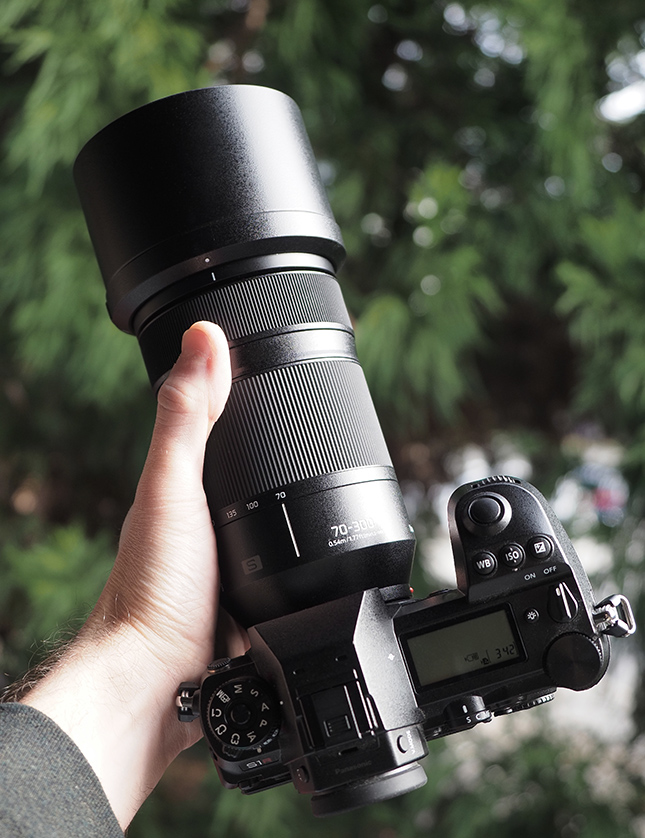
The lens also features a weather-resistant construction with gaskets and sealing throughout the barrel, including sealing around the metal lens mount, as well as a fluorine coating on the front element to further repel oil, dirt and moisture. The lens is also designed to withstand freezing temperatures down to 14°F / -10°C, which came in handy earlier this week when I attempted to use the lens out in -17ºF weather; the lens survived just fine, but my hands did not...
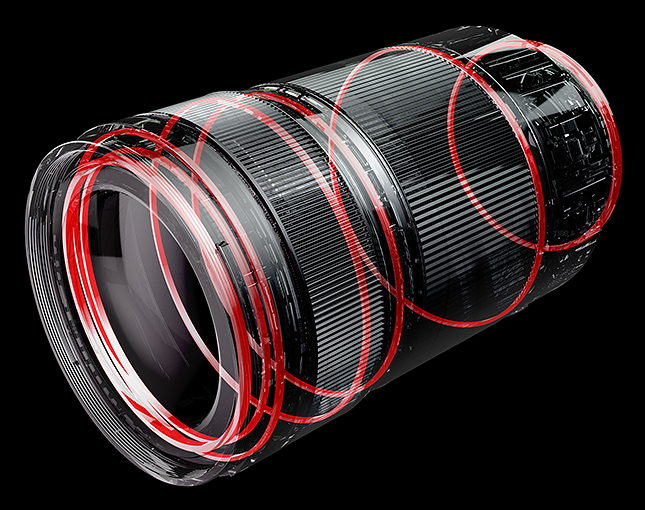
When it comes to physical dimensions, the Panasonic 70-300mm is reasonably compact and lightweight for a full-frame telephoto zoom lens, measuring 148mm (5.83 in) in length at 70mm and 84mm (3.31 in) in diameter. When zooming, the telescoping barrel extends out by about three more inches (~76mm). The bayonet-mount lens hood adds about 2.5 inches (~63mm) of additional length.
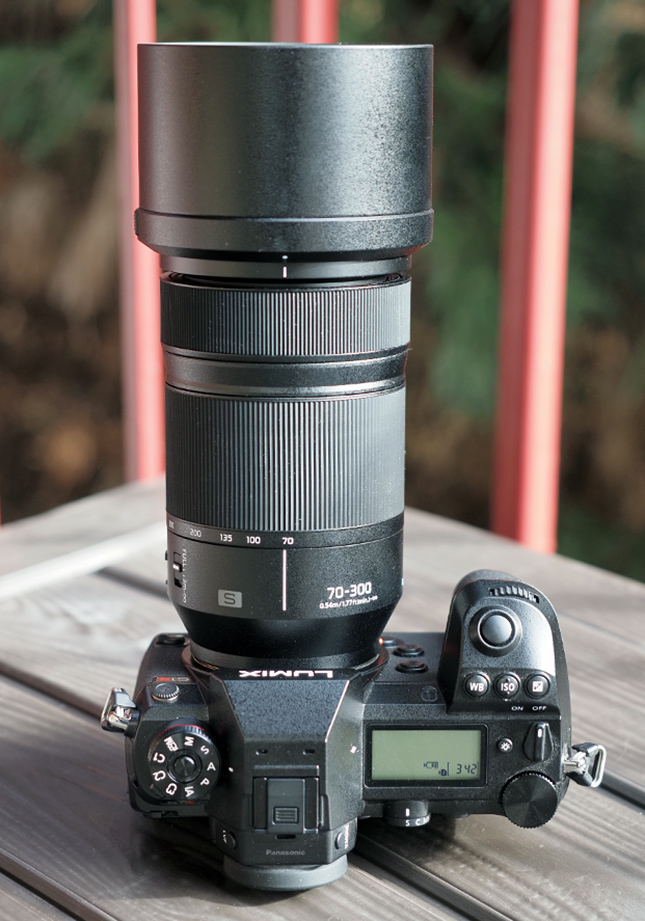
There's also a nice, substantial heft to the lens, but it's by no means heavy. The lens weighs about 790 g (1.75 lbs), and when attached to the Lumix S1R camera, I definitely noticed the heavier weight of the camera body compared to the lens itself. There's certainly no front-heaviness at all with this combination, especially when the lens is fully retracted at 70mm. When zoomed to 300mm, the setup is nicely balanced.
As mentioned, the Lumix S 70-300mm uses a telescoping design. It's a very smooth zooming action with a fair amount of resistance to keep the lens zoomed to where you want it without it accidentally changing on you. That being said, when holding the camera at your side or aiming the lens down, there is a bit of "lens creep," where the barrel begins to extend on its own. Fortunately, Panasonic's added a lock switch on the side of the lens to keep it locked at 70mm when not in use.
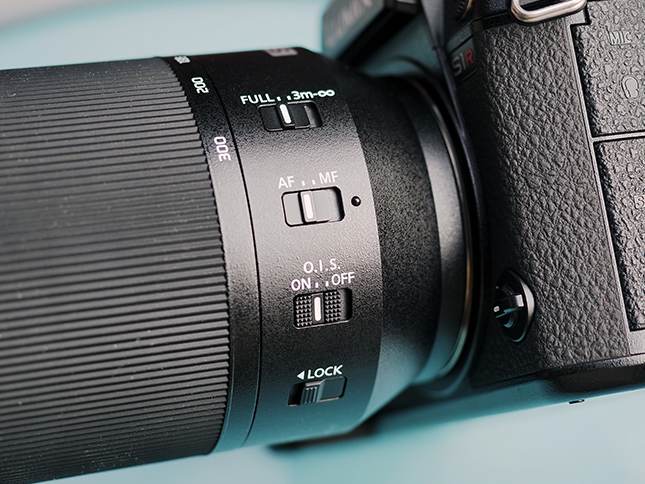
The Lumix S 70-300mm's slower, variable aperture design is one of the key features that help keep the size and weight down. The f/4.5-5.6 design makes the lens lighter, though it does make it a better option for daytime shooting or other situations where lighting is plentiful, rather than low light shooting. As you increase the focal length, the lens stops down. The Lumix S 70-300mm lens only stays at its brightest f/4.5 aperture until around 73mm, after which the aperture begins to narrow. See the list below for how wide the aperture can be for a given focal length:
- 70mm: f/4.5 maximum aperture
- 100mm: f/5.0 maximum aperture
- 135mm: f/5.2 maximum aperture
- 200mm: f/5.5 maximum aperture
- 263mm-300mm: f/5.6 maximum aperture
The minimum (narrowest) aperture for all focal lengths is f/22.
Optical Design & Image Quality

In terms of the Lumix S 70-300mm F4.5-5.6's optical design, the lens utilizes a total of 17 lens elements arranged in 11 groups. The lens includes a single ultra extra-low dispersion (UED) element, two extra-low dispersion (ED) elements and one ultra-high refractive index (UHR) lens, which work together to suppress chromatic aberrations at both telephoto and wider focal lengths. According to Panasonic, the UHR element, in particular, helps in maintaining excellent image quality across the frame.

A notable feature of the Lumix S 70-300mm is its close-focusing capabilities. Unlike Panasonic's other S-series 70-200mm telephoto zooms, the 70-300mm S lens can focus much closer, down to just 0.54mm at 70mm and 0.74mm at 300mm. With this, the maximum magnification of 0.5x at 300mm puts the 70-300mm lens into macro photography territory; at 1:2 macro capabilities (half life-size macro). Not only is the 70-300mm great for capturing a variety of far-off subjects, but it's a solid choice for close-up subjects, as well.

Additionally, the Panasonic S 70-300mm lens includes built-in optical image stabilization, which works in conjunction with Lumix S series cameras' body-based image stabilization systems. The 70-300mm lens is Dual IS compatible and offers up to 5.5 stops of stabilization compensation.
So far, I'm very pleased with the image quality performance from the 70-300mm, albeit I've only had a brief time shooting with the lens so far. Due to some unpleasant weather conditions, I've only had a very short time to get outdoors and test the lens. Nevertheless, in terms of detail and sharpness, the Lumix S 70-300mm performs quite well, capturing crisp images with a lot of fine detail based on my initial experience.
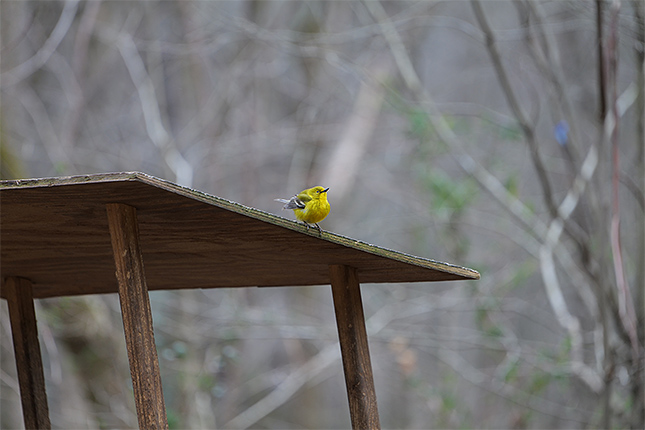
(300mm on a full-frame can be a little short for birding at times. Thankfully, the S1R offers a lot of cropping potential.)
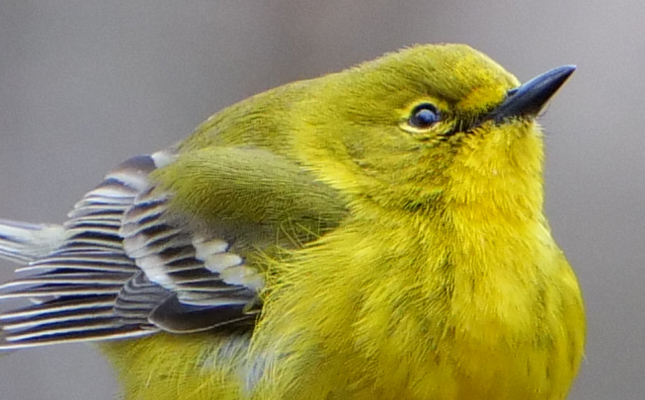
We plan to continue testing this lens further, as well as updating the Image Gallery with more real-world sample images.
Focusing
Like many other Lumix lenses, the new 70-300mm f/4.5-5.6 lens uses a linear focusing motor with a high-speed sensor drive that operates at 480fps, allowing for fast and precise AF performance. On the video side of things, Panasonic states that the 70-300mm is also well-equipped for video AF performance, featuring a design that minimizes focus breathing as well as offering minimal focus shift when zooming -- which should make it much easier to track moving subjects and adjust your zoom level yet maintain focus on your subject.
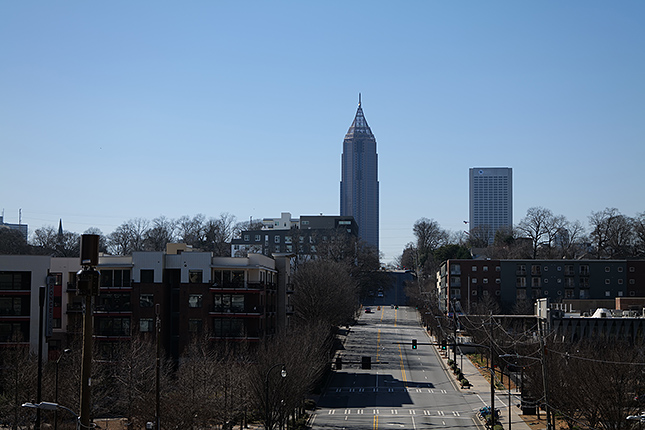
In the field, focusing performance for stills feels swift and accurate, especially in daytime lighting conditions. In dimmer lighting, I found that AF speeds can slow down somewhat (especially in Silent shooting mode on the S1R, which disables the AF assist lamp on the camera; the contrast-detect AF system has to take more time to acquire focus). The wide focusing range of the lens, too, can feel a bit slower to rack through the lens's entire focus range. That said, in bright, well-lit conditions, I found that it still only takes about one second or so to autofocus from minimum focusing distance out to infinity. Smaller focusing changes feel nearly instantaneous, however.
While the two Lumix S PRO 70-200mm lenses use a pull-back focus clutch design to toggle between autofocus and manual focus modes, the 70-300mm instead uses a simple toggle switch on the left side of the barrel. The lens also does not feature any physical focusing distance markings on the lens itself; you must use the camera's on-screen distance markings instead.
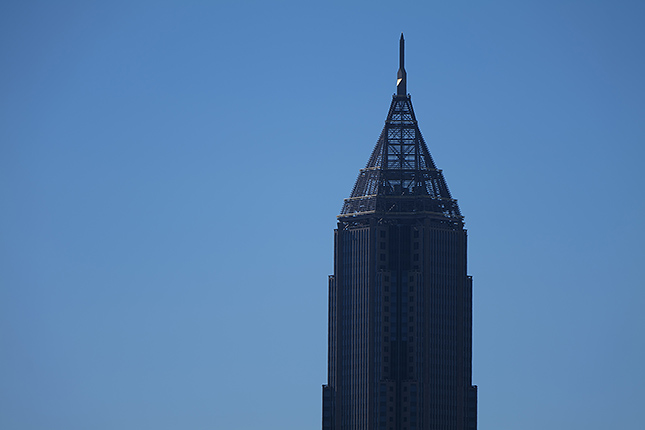
Pricing & Availability
The Panasonic Lumix S 70-300mm F4.5-5.6 MACRO O.I.S. lens is set to go on sale in April with a suggested retail price of USD$ 1249.99.